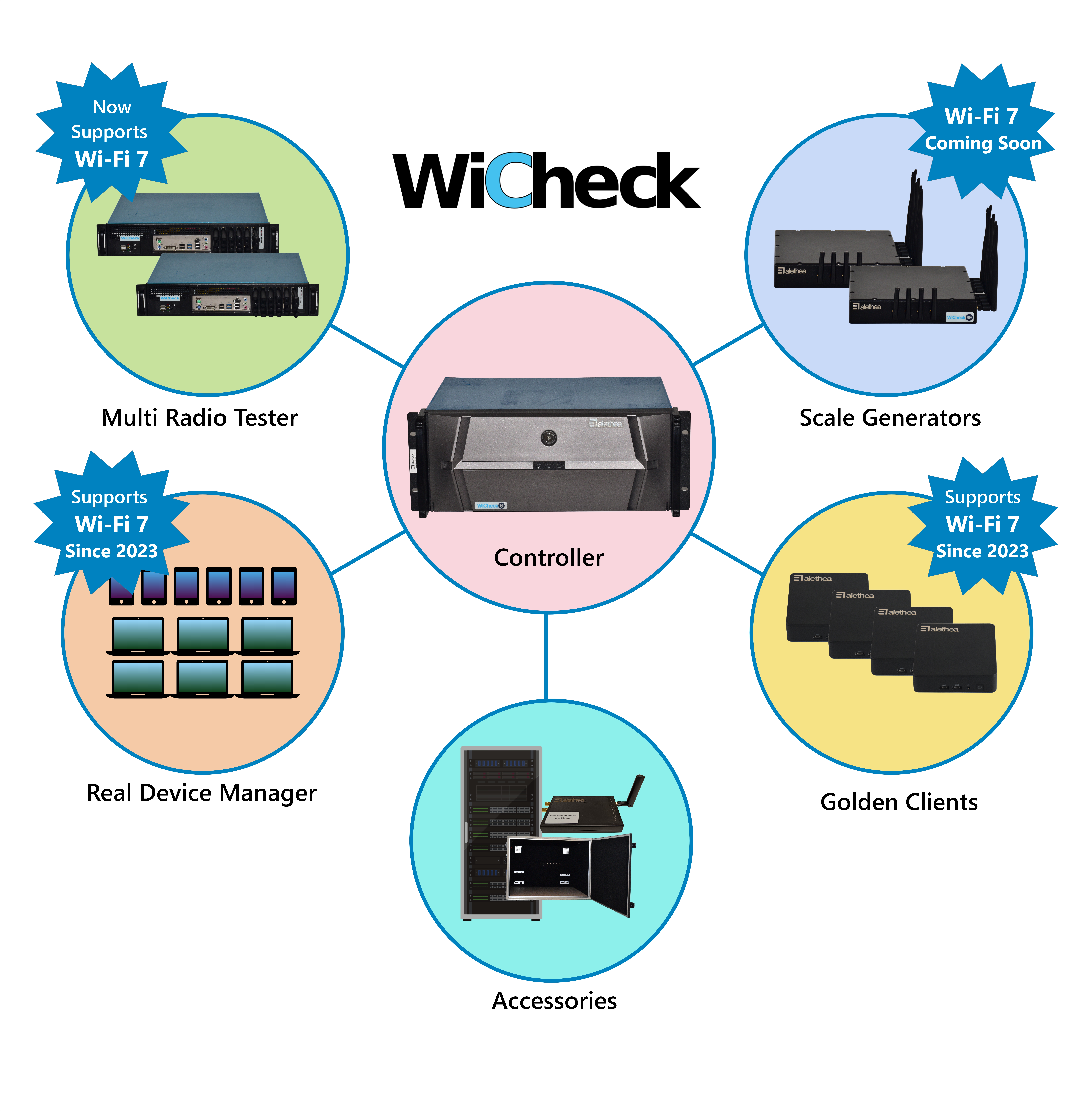Unscheduled Automatic Power Save Delivery (U-APSD)
In the previous blog, we have seen the details of the legacy power save mode. Now, let us see how to overcome the shortcomings of legacy power save with the adoption of U-APSD. In this post, we discuss
- The reasons why IEEE introduced the Unscheduled Automatic Power Save Delivery specifications
- Concept of WMM access categories
- How the U-APSD Process works
- How effective is U-APSD compared to legacy power save
Why U-APSD?
U-APSD / WMM Power Save is a power save mechanism that is a part of the IEEE 802.11e amendment for QoS. Some applications like VoIP and Live Video generate a predefined number of packets periodically (e.g.: VoIP 20ms). As discussed in the previous post, Legacy power save mode is time-driven (and not event-driven). Hence, it introduces unwanted latency and inefficiency. UAPSD is designed to address these issues along with WMM Classification.
WMM Access Categories (AC)

U-APSD Process
1. The support in AP for UAPSD can be negotiated on either probe response or (Re)Association response, in the WME QoS info field.

2. In order to configure a WMM AP to deliver frames, the WMM STA should configure one or more Access Categories (ACs) to be delivery-enabled ACs and one or more ACs to be trigger-enabled ACs. A WMM STA can configure a WMM AP to use UAPSD in two ways
a) A WMM STA can use UAPSD flag bits in the QoS info field of WMM IE on (Re)Association Request. If the UAPSD flag of an AC is set to 1, it indicates that the AC is both trigger and delivery enabled upon successful (Re)Association.

NOTE:
Trigger enabled: Indication data frame from the WMM enabled STA, to inform WMM AP, that the STA is awake and sends the data for a particular AC.
Delivery enabled: Data frames buffered at WMM AP, which are to be delivered on a trigger frame for a particular AC.

b) WMM STA can request any AC as trigger-enabled or delivery-enabled by using ADDTS request per AC with PSB bit set in the TS info field in the TSPEC IE. A status code equal to 0 in the ADDTS response from WMM AP indicated that AP has accepted the ADDTS request. An ADDTS request with PSB bit set and in uplink direction is trigger enabled. An ADDTS request with PSB bit set and in downlink direction is delivery enabled. PSB bit set with bi-direction is both trigger and delivery enabled.


3. The request made over the ADDTS request will take over the static UAPSD setting requested on (Re)Association
4. DELTS can be used to deregister the UAPSD for particular ADDTs request using TID
5. A WMM STA uses the Power management filed in the Frame Control field of a frame to indicate whether it is on active or power save mode
6. The uplink frames sent by a WMM STA using UAPSD (for UAPSD-enabled AC) should set the power management bit in the frame control field to 1, for buffering to take place at AP.

7. A data frame from WMM STA of UAPSD-enabled AC in the uplink direction is the trigger frame for AP to deliver all the delivery-enabled AC frames
8. For a WMM STA, if an AC is not delivery enabled AC, all the downlink frames corresponding to the STA are buffered and delivered using legacy power save.
Comparing UAPSD & Legacy Power Save
As per the study results published by Adriano Vinhas, Vitor Bernardo, Marilia Curado, and Torsten Braun, “Performance Analysis and Comparison between Legacy-PSM and U-APSD” [1], the power consumption is 70.39% less in U-APSD compared to Legacy Power save mode.

Testing an AP – whether it supports UAPSD at scale?
On associating with an access point (AP), wireless STAs set up WMM power save and select the access categories (Background, Best effort, Video, and Voice) that use U-APSD. The use of the U-APSD mechanism improves throughput and also allows clients to retrieve data based on access category.
In a real-world office-like environment, there might be clients with the power save enabled – legacy or U-APSD as well as those that do not support power save. If 100’s of Wi-Fi clients run different traffic streams (unicast and multicast data), does the AP support power-save features at scale? Testing these scenarios in the lab is made easier with WiCheck. It helps generate 100’s of Wi-Fi clients with the power save feature ON. Both legacy power save and WMM power save options can be tested using WiCheck. When U-APSD voice traffic runs on WiCheck, a detailed report with the latency and QoS metrics will be provided to analyze if AP supports WMM power save.
For more details on how to use WiCheck for testing the Power save feature over an access point, Contact Us
References:
[1] Adriano Vinhas, Vitor Bernardo, Marilia Curado and Torsten Braun, Performance Analysis and Comparison between Legacy-PSM and U-APSD




